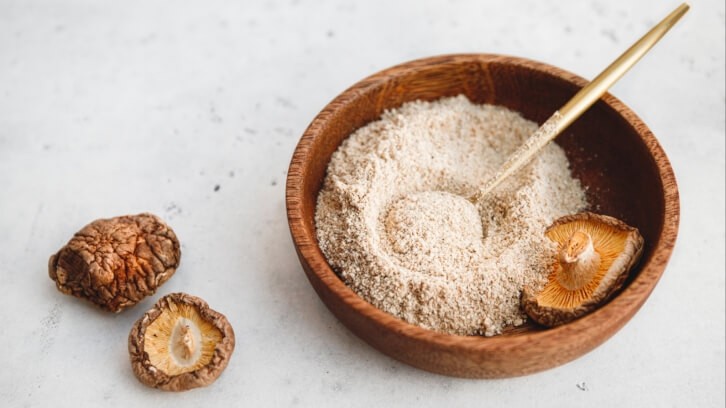FDA delays response to Nammex’s Mushroom product labeling petition

In a November 30, 2023 letter from Cara Welch, PhD, Director of the FDA’s Office of Dietary Supplement Programs, Nammex were informed that the Agency had “not reached a decision on your petition within the first 180 days due to competing agency priorities. However, be advised that our staff is evaluating your petition.”
As reported earlier this year by NutraIngredients-USA, Nammex’s petition sought to request FDA action on several issues:
1. Correct ambiguity in the dietary supplement labeling regulations to clarify that proper listing of ingredients from fungi on product labels includes identification of the part of the fungal organism from which the ingredient is derived.
2. Issue industry guidance regarding the proper labeling of fungal ingredients, including a Glossary of Mycological terms.
3. Increase regulatory enforcement to ensure foods and dietary supplements containing fungal ingredients are accurately labeled and take appropriate action against products labeled as “mushroom” when they do not contain mushrooms as claimed, but contain other fungal parts, such as mycelium, and fail to identify the presence of grain in product.
History
The US Food and Drug Administration first issued a labeling policy around mushroom products in 1976, which stated “Mushroom mycelium grown in acceptable media is regarded as suitable for food use. Any food in which mushroom mycelium is used should be labeled to state that fact. Labeling should not suggest or imply that the food contains mushrooms.
“For example, a soup in which mushroom mycelium is an ingredient should not be labeled or sold as "mushroom soup" since that name by long consumer understanding and usage is preempted by soup containing real mushrooms.”
The use of the term “mushroom mycelium” is problematic, said Jeff Chilton, founder and president of Nammex, because those are two distinct plant parts.
Commenting on FDA’s letter about the delay, Skye Chilton, CEO of Nammex, said: “We understand that the agency has its hands full with the reorganization of the Human Foods Program and look forward to further engagement with FDA and a positive decision in 2024, especially given the rapid growth of the mushroom product category.
“As a recent survey of 10,000 people on mushroom terminology we commissioned showed, the vast majority of consumers have a very clear understanding of what constitutes a mushroom, and it’s the cap (and stem), not myceliated grain.”
Holly Bayne of the Law Office of Bayne & Associates, Nammex’s regulatory counsel, added: “The FDA has 180 days to respond to this type of Citizen Petition and may approve, deny, or dismiss the petition, or provide an interim response indicating why the agency has not reached a decision, which is often due to competing agency priorities. We are pleased that FDA staff within the Office of Dietary Supplement Programs are continuing to evaluate the petition.”
Other petitions
The Natural Products Association also submitted a petition around fungal ingredients in August. In that petition, NPA is requesting FDA to incorporate aspects of guidance from the American Herbal Products Association (AHPA).
AHPA’s guidance policy on the Labeling of Dietary Supplements Containing Fungi Dietary Ingredients was issued in 2017 (and became effective in 2019), and calls for identification of each fungal dietary ingredient included in a dietary supplement by its common or usual name, and the stage(s)/ part(s) of the fungi present (for example, fruitbody; mycelium; sclerotium; spores; etc.) or the stage(s)/ part(s) of the fungi used for the manufacture of the extract.









